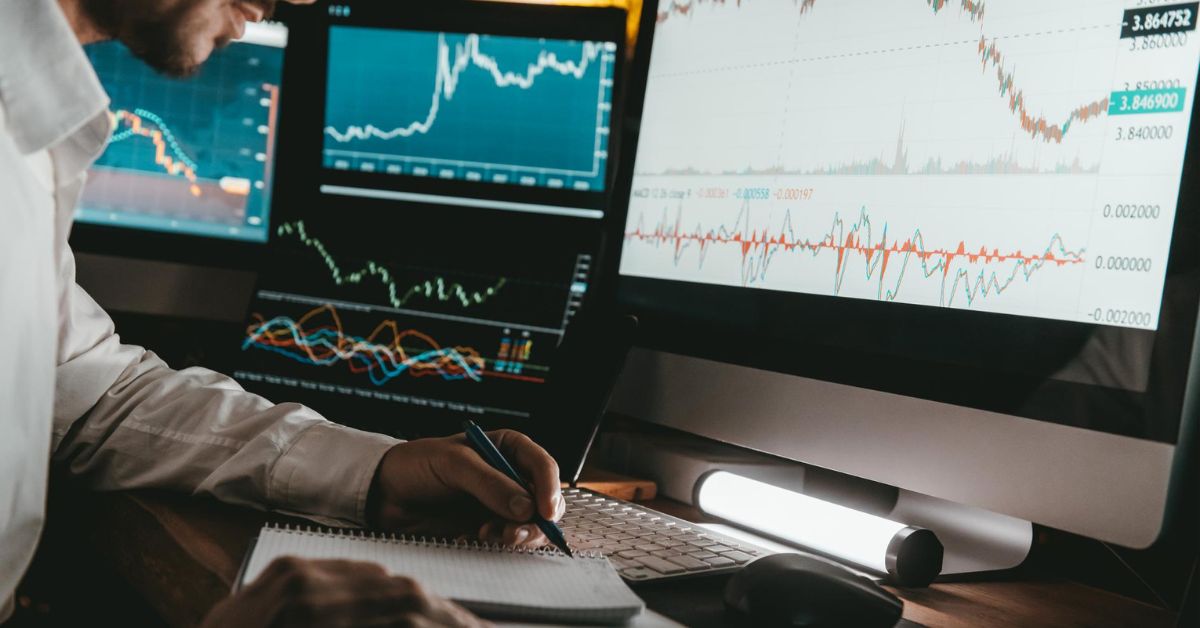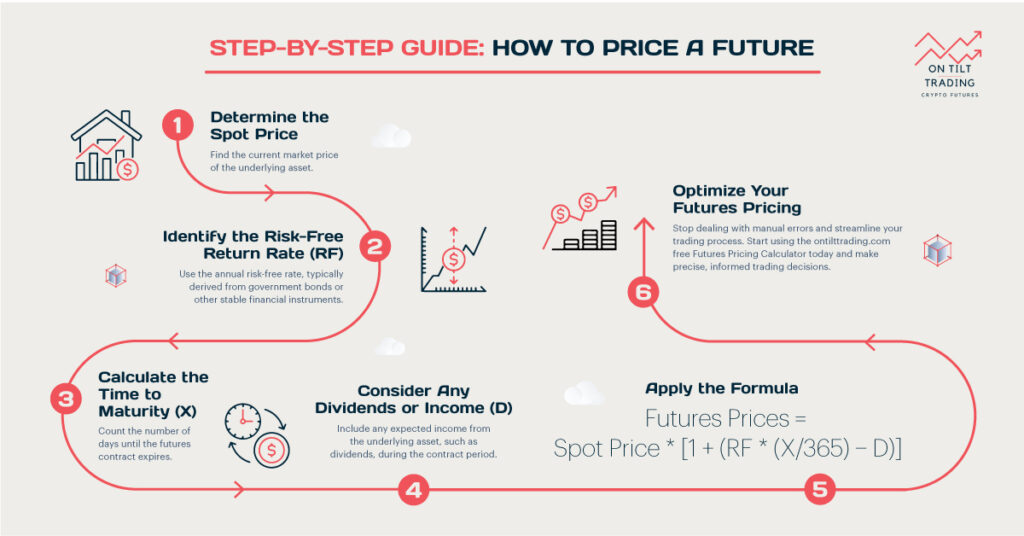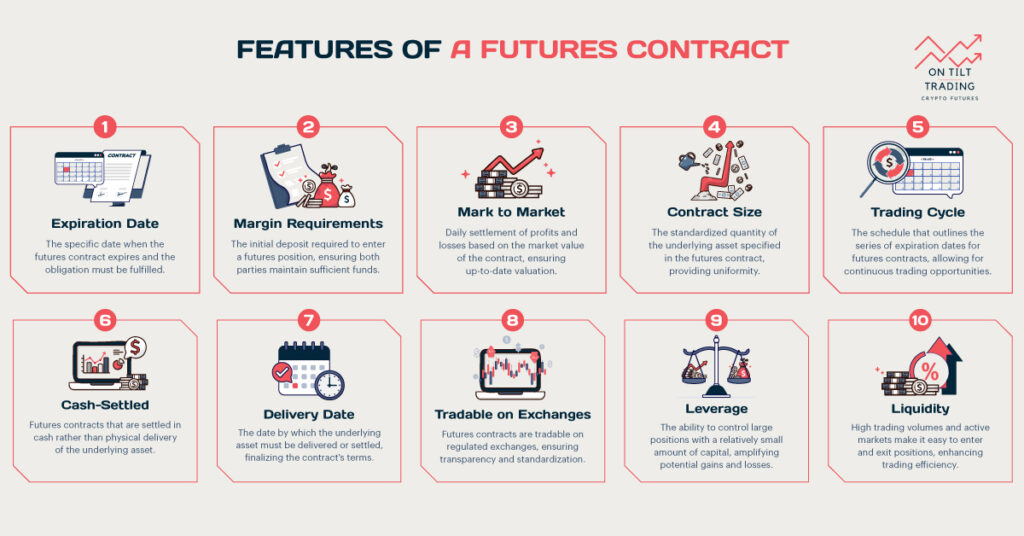Futures trading is a dynamic and complex field that offers many opportunities for traders. Understanding volume can provide valuable insight and help improve trading decisions. In this blog post, we will explore the importance of volume in futures trading, how to use volume in futures trading, and practical applications to boost trading performance.
Whatever your level of experience, understanding volume can significantly impact your trading success. When engaging in futures trading, it’s crucial to choose a reliable platform that supports your trading needs. Keep reading to learn more.
What is Volume in Futures Trading?

Volume in futures trading refers to the total number of contracts traded during a specific period. It is a key metric that traders use to gauge the activity and liquidity of a particular futures market. High trading volume indicates strong interest and active participation, while low volume suggests a lack of interest and lower liquidity.
In futures markets, volume is typically measured in terms of the number of contracts bought and sold. For example, if 1,000 contracts of a specific futures contract are traded in a day, the volume for that day is 1,000.
It’s important to distinguish between volume and open interest, another key metric in futures trading. While volume measures the number of contracts traded, open interest represents the total number of outstanding contracts that have not yet been settled.
Traders who grasp the subtleties of volume and open interest are better equipped to make informed decisions. Volume not only validates price trends but also indicates possible reversals, offering valuable insights into market sentiment. By studying volume patterns, traders can enhance their understanding of market dynamics and refine their trading strategies.
Why Volume Matters in Futures Trading
Volume is essential in futures trading. It shows market activity and liquidity. High volume means more interest and participation, leading to tighter spreads. It helps traders enter and exit positions without affecting prices. On the other hand, low volume means wider spreads and more slippage, making trading harder.
One key benefit of analyzing volume is its ability to confirm price movements. A high volume with a significant price move suggests strong market interest and sustainable movement.
Increasing volume with a bullish trend indicates strong buying interest, reinforcing the upward movement. Conversely, declining volume with a price move may signal weakening momentum and a potential reversal.
The volume also serves as a valuable tool for identifying potential reversals and market turning points. When price and volume diverge, it can signal a change in market direction. For instance, if the price is reaching new highs but volume is decreasing, it might mean that buying interest is fading, and a bearish reversal could be on the horizon.
Likewise, higher volume during a downtrend suggests more substantial selling pressure, which could lead to more price declines. By closely watching volume, traders can better understand market sentiment and improve their ability to predict future price movements.
Types of Volume Indicators
Volume indicators are crucial for analyzing trade volume and understanding market dynamics. Here are some of the most commonly used volume indicators in futures trading:
Simple Volume
Simple volume is the basic measure of the total number of contracts traded within a specific time frame. It provides a straightforward indication of market activity.
Traders use it to confirm price trends and find times of high or low interest. For example, a price breakout accompanied by a surge in simple volume is more likely to be genuine than one with low volume.
Volume Moving Average
The Volume Moving Average (VMA) smooths out volume data over a specified period, making it easier to identify trends and patterns. By averaging volume over time, the VMA helps traders distinguish between normal fluctuations and significant volume changes.
It is particularly useful for identifying periods of sustained high or low activity, which can signal the start or end of a trend.
On-Balance Volume (OBV)
The On-Balance Volume (OBV) is a momentum indicator that predicts stock price changes using volume flow. It adds volume on up days and subtracts volume on down days.
The resulting OBV line confirms trends and predicts reversals. If the price rises but the OBV falls, it suggests the rally is weakening, signaling a possible reversal.
Volume-Price Trend (VPT)
The Volume-Price Trend (VPT) indicator shows the strength of a trend by combining price and volume data. It is calculated by multiplying daily volume by the percentage change in price and adding it to the previous day’s VPT.
Traders can use the VPT line to determine if price movements have strong volume support. A rising VPT indicates buying pressure, while a falling VPT suggests selling pressure.
Each indicator provides unique insights into volume trends, which can be combined to fully understand market behavior. Traders who incorporate volume indicators in their analysis can better predict price movements and make informed trading decisions.
How to Use Volume in Trading Futures

Volume plays a vital role for traders, as it reflects market sentiment and confirms price movements. Here are some key strategies for using volume in trading futures:
Identifying Volume Spikes
Volume spikes happen when trading volume suddenly and significantly increases. They can indicate the presence of big market players and come before substantial price changes.
Traders can watch for volume spikes at important support or resistance levels to gauge the strength of a breakout or breakdown. For example, if there’s a volume spike when breaking above resistance, it suggests strong buying interest and increases the chances of the breakout continuing.
Using Volume to Confirm Trends
The volume confirms the trend’s strength. In an uptrend, increasing volume shows more buying interest, reinforcing the upward movement. Conversely, in a downtrend, rising volume indicates more selling pressure, supporting the downward move.
Traders can use volume confirmation to enter trades with confidence, following the prevailing trend. For instance, if a price pullback in an uptrend has low volume, it suggests a temporary retracement, creating a chance to buy at a lower price.
Recognizing Volume Divergence
Volume divergence occurs when corresponding changes in volume do not support price movements. It can signal a potential trend reversal. For example, if prices are making higher highs but volume is declining, it indicates weakening upward momentum and a possible bearish reversal.
Likewise, if prices are making lower lows but volume is decreasing, it may suggest that selling pressure is diminishing, and a bullish reversal could be approaching. Traders can utilize volume divergence to anticipate and prepare for potential market reversals.
Volume and Market Phases
To improve trading strategies, it’s essential to understand how volume and market phases are connected. Markets usually go through accumulation, distribution, and trend development phases. During accumulation, volume is low as smart investors quietly build positions.
When a new trend emerges, volume increases, confirming the direction. In the distribution phase, volume may rise as smart investors sell off positions, potentially causing a trend reversal. Analyzing volume can help traders recognize these phases and align their strategies accordingly.
Common Pitfalls in Using Volume for Futures Trading

Volume analysis is a valuable tool for futures traders, but be cautious of common mistakes that can result in misinterpretations and bad trades. Here are some of the critical pitfalls to avoid:
Over-Reliance on Volume Alone
One ordinary mistake traders make is relying only on volume analysis without considering other factors. Volume is valuable but should be used with other analysis tools like price action, moving averages, or technical indicators.
Combining volume with these other tools gives a more comprehensive view of market conditions. Considering multiple factors helps traders make better decisions and avoid potential traps.
Misinterpreting Volume Data
Misunderstanding volume data is common. Understanding the context of volume changes is essential to prevent this.
For instance, a sudden increase in volume could indicate strong buying, but it might also be due to short-covering or unrelated factors. Traders should consider overall market conditions and confirm volume changes with other indicators before making trading decisions.
Ignoring the Context of Market Conditions
Volume patterns vary based on market conditions. During low volatility, volume is lower; during high volatility, volume spikes. When analyzing volume, consider the broader market context.
A volume spike during a news event may not carry the same implications as one in a calm market. Traders must avoid hasty decisions based on volume alone.
Overlooking the Impact of Market Structure
The structure of the futures market can also influence volume patterns. For example, certain times of the trading day, such as the market open and close, tend to have higher volume due to increased activity.
Similarly, rollover periods, when traders switch from one contract month to the next, can lead to unusual volume patterns. So, traders should consider the impact of market structure on volume to interpret data correctly and make informed decisions.
Failing to Adapt to Changing Market Dynamics
Markets are constantly changing, and volume patterns can evolve. Past strategies may not work in the future. Traders must be adaptable and adjust their volume analysis to the market.
Staying informed and continuously learning about market trends can help traders make better volume-based trading choices.
Understanding and avoiding these common mistakes can enhance futures traders’ trading decisions and achieve tremendous success. It is also crucial to include volume analysis in a comprehensive trading plan.
Conclusion
Incorporating volume analysis into your futures trading strategy can improve decision-making and help you seize market opportunities. By learning how to use volume and avoid pitfalls, you can enhance trading performance and navigate the futures market with confidence.



